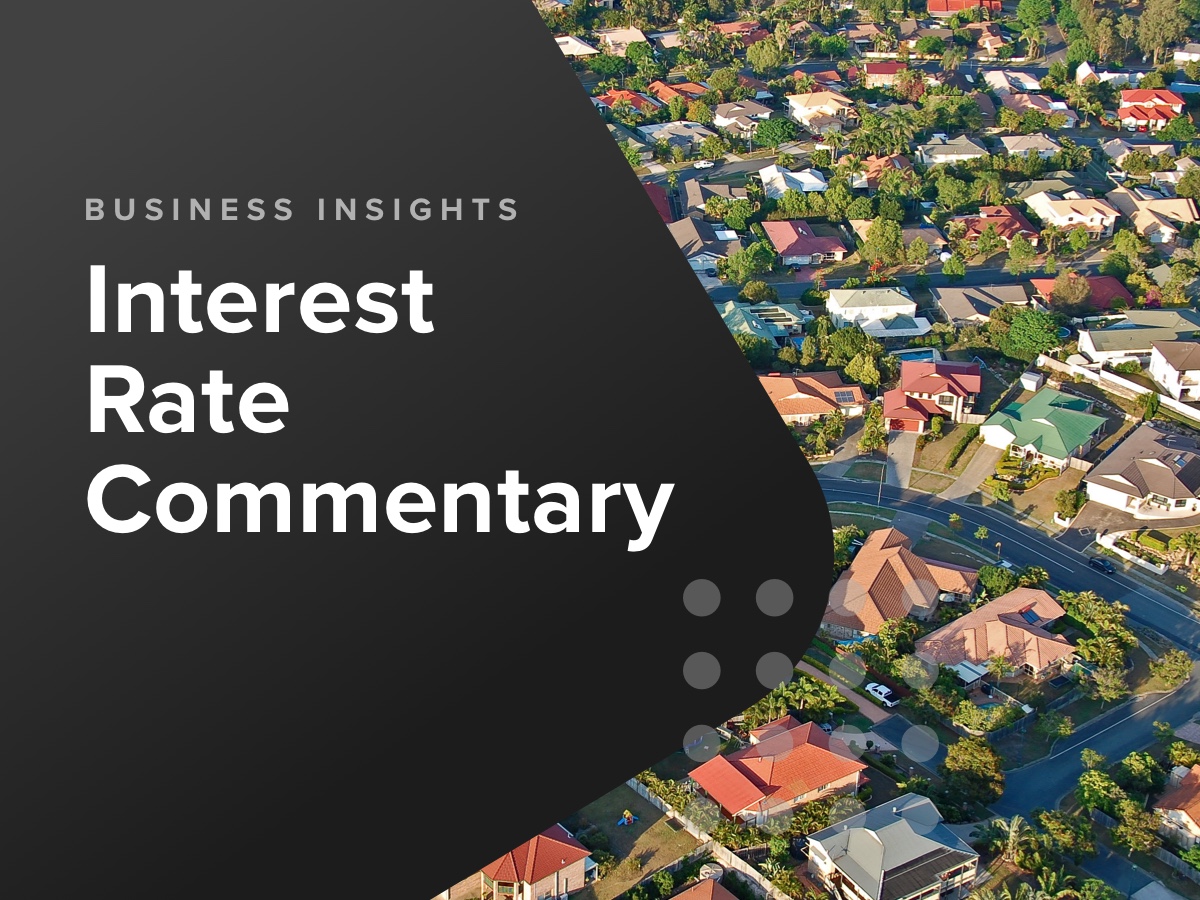Incoming data in June was mixed, with business and consumer sentiment falling, but retail trade and the labour force still not weakening to the extent that the RBA would like them to. Still, anecdotal evidence suggests that those households with a home loan or that are renting are feeling significant financial strain, and that monetary policy impacts are definitely working their way through the economy.
Some positive signs on inflation
The monthly CPI data showed some positive movements, with All Groups CPI falling a considerable 0.8 percentage points, to 5.6%. However, CPI excluding volatile items only declined 0.1 percentage point, to 6.4%. This will reinforce the RBA’s fear that underlying inflation is proving harder to shift. A decline in both consumer sentiment and spending is starting to have an impact on pricing. Clothing and Footwear prices are actually down by 0.4% YoY while holiday travel and accommodation price increases pulled back significantly from 11.9% in April 2023, to 7.3%. Pricing in the food and beverage sector continues to prove sticky, with price rises for ‘meals out and takeaway food’ accelerating from 7.3% in April to 7.7% in May. This is consistent with our data that the food and beverage (F&B) sector is by far the biggest risk of insolvency in the country, at 0.91%, as consistently high input prices, wages and rents increasing with CPI are still proving a major issue for café and restaurant operators.
Unexpected labour force result
The unemployment rate unexpectedly fell in May, by 0.1 percentage point to 3.6%. Employment growth was a very solid 75,900, with most of these employment gains in full time employment. While this growth is good news for employees, it does create headaches for the RBA, as low unemployment fuels higher wage expectations, and makes the task of getting inflation back to within the target band that much harder. The Deputy RBA Governor, Michelle Bullock, also highlighted this month that unemployment will have to rise for inflation to get under control. Forward indicators, such as SEEK’s monthly Employment Dashboard, indicate that job advertisements are well down on this time last year, but they are still high when looking at longer term averages. Job Vacancy data, as released by the ABS, showed job vacancies are down 2% YoY, but much higher than pre-COVID levels.
Retail trade boosted by inflation
Retail Trade rebounded slightly in May, driven by an increase in spend in food and beverage retailing, as well as a small rise in household goods spending, and spending in the ‘other retailing’ category. While this trade data may seem to contradict consumer sentiment, the ABS makes clear that the increase in spend in food and beverage retailing is due to rising prices, which rose 7.7% over the year to May as well as a very strong trading weekend over Mother’s Day, and by earlier than normal discounting by major retailers. The ‘other retailing’ category includes pharmacies and florists, which also get a significant boost over Mother’s Day. Overall, the retail trade data is likely to be viewed as neutral by the RBA.
Business and consumer sentiment remains a worry
Consumer confidence remains near recessionary levels, with consumers surveyed by Westpac after the rate rise decision on June 6 noticeably more pessimistic than those surveyed the day prior. Consumer sentiment has never been this low for this long, which points to difficult times ahead for the retail sector in Australia. Already, the household goods sector is being severely impacted, with trade in this sector down almost 5% in the year to April 2023, despite record inflation over that time period.
Business sentiment is now starting to fall the way of consumers, although the drop in sentiment, it must be said, is a far slower process. Business confidence now sits at -4 index points, and business conditions fell from +15 to +8 index points between April and May. More concerning is that labour and input costs edged up, a further sign that inflation is too sticky.
Interest rate rise an each way bet
The RBA’s Industry engagement program will likely play a big role at next month’s meeting by the RBA board, as the monthly data releases over May don’t present a strong argument either way for a cash rate rise or pause. There is strong evidence directly from retailers that consumer spending, particularly on discretionary items, has slowed significantly, and the RBA may take the view that this is evidence that the 12 cash rate rises are now heavily impacting leveraged households. On balance, it is likely that the RBA may wait one more month to get a better feel for consumer spending trends and to also see if the labour force starts to show weakness as the new financial year starts.
The global outlook
The US has managed to avoid another debt ceiling crisis, but still faces challenges taming inflation. US Consumer confidence actually increased to its highest level in 18 months in June 2023. This is on the back of a still very tight labour market. Most US households are on long term fixed rate home loans, so cash rate increases by the Federal Reserve work to try and tame business investment and growth, rather than households, as it does in Australia. It appears, however, that businesses are still employing in large numbers. This indicates that interest rates in the US will need to stay higher for longer. In the UK, still strong inflation has forced another interest rate rise there.

Get started with CreditorWatch today
Take your credit management to the next level with a 14-day free trial.

